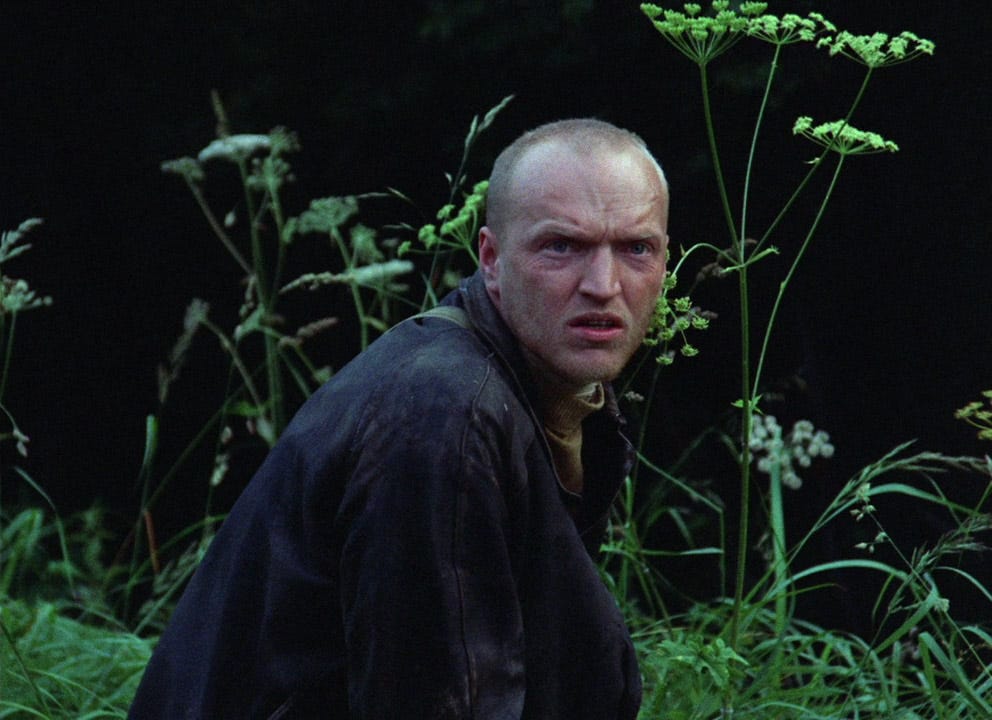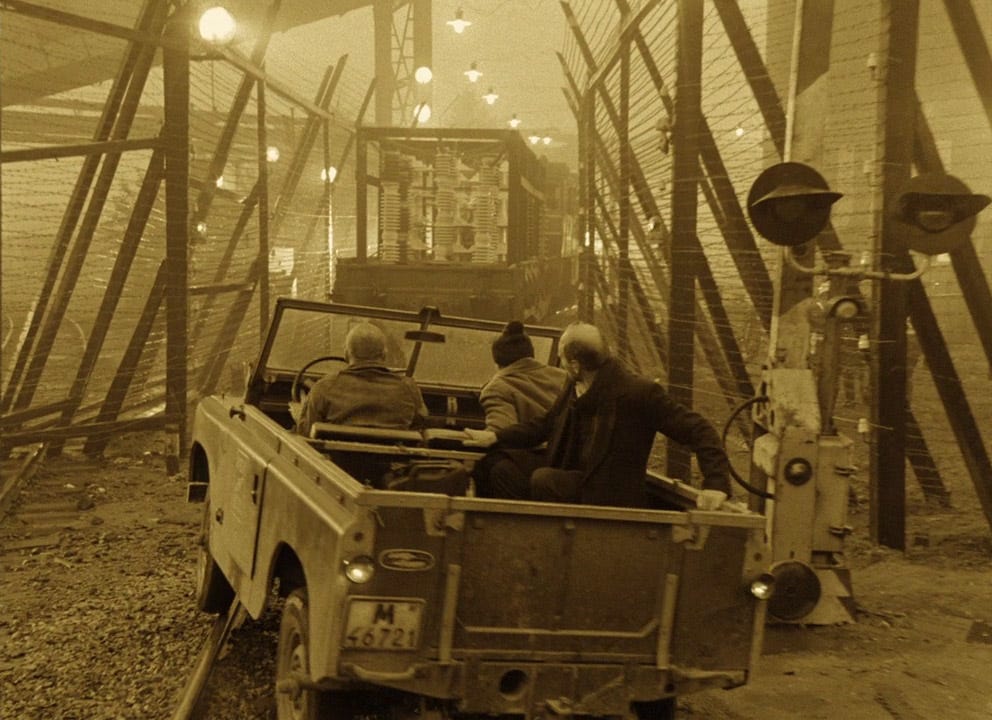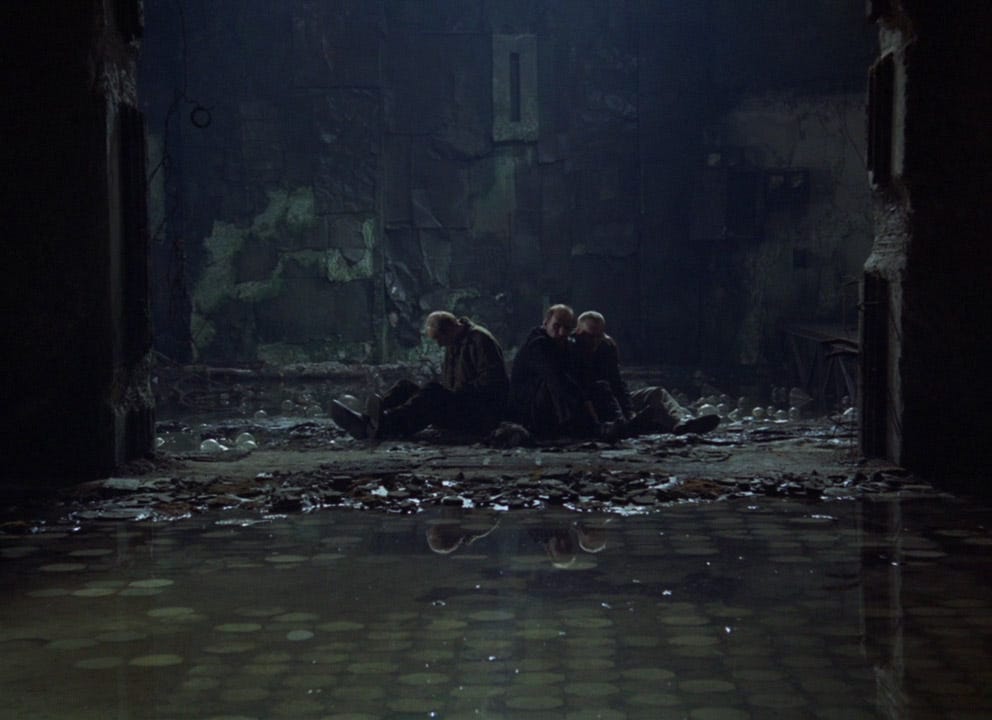The FFFEYIBA Project—1979
“The film needs to be slower and duller at the start so that the viewers who walked into the wrong theatre have time to leave before the main action starts.”
For more details on the project, go here.
…
Still interested? Really? What’s wrong with you?!?
HM #1: The Black Stallion
Film is a visual medium. And this one, shot by Hollywood stalwart (and famous Hollywood father) Caleb Deschanel and directed by (former cinematographer) Carroll Ballard is absolutely gorgeous. I still remember watching the opening credits for the first time, as the little black statue of the horse sits in the dunes and the wonderful, red sand blows past, and being absolutely mesmerized. The first fifty minutes are mostly wordless, leaning into the “show, don’t tell” mantra harder than just about any kid-targeted film that’s not WALL·E. No wonder United Artists wasn’t quite sure what to do with it. Ballard claimed that the two-year delay between shooting and release was a result of the studio heads’ confusion: “What is this, some kind of an art film for kids?” For a young child like me, with a bright future in watching and loving art films, the answer was a most emphatic “Yes!” (One final note: This is far-and-away my favorite “Mickey Rooney As Mentor To The Protagonist Of A Horse Film” film. Fittingly, Rooney’s character in National Velvet references the legend of Moifaa (and Kiora), which bears eerie similarities to Walter Farley’s work.)
HM #2: Wise Blood
I don’t really think there’s been a great film adaptation of a Flannery O’Connor story yet. And no, including it here amongst my 1979 Honorable Mentions is not an exception to that general principle. I find it an intriguing work, and it features a number of memorable performances (especially Brad Dourif’s Hazel and Harry Dean Stanton’s Asa Hawks). But the overall impact is significantly less than I might have expected, especially given the legendary John Huston’s participation. Something about the film’s execution makes me wonder if Huston really understands it; it’s just not weird or harsh or insistent enough to match the novel’s original tone. As one Letterboxed (re)viewer noted, “Flannery's strangeness is best experienced through the word, not the screen.” (Not sure it’s a good idea to try and trim this particular book into a lean 106 minutes, either. So there’s something missing in the adaptation, I’d say. Sorry, Fitzgeralds. I think I might just love the source material too much.)
And now, onward!
1979’s Selection: Stalker, by Andrei Tarkovsky
I was many years into my “bootstrapped” cinematic self-education before I watched my first Tarkovsky film, Andrei Rublev. It remains one of the most memorable experienced of my movie-viewing life. Took me four viewings to get through it, because I kept having to pause (every 10 minutes or so) in an attempt figure out what I’d just seen and heard. And also, because I kept falling asleep. But I wasn’t falling asleep because I was bored or disinterested; quite the contrary. I loved (and still love!) every single second of it, even to this day. Even while I was falling asleep. I think it’s because I was concentrating so intensely, desperate to capture every visual and philosophical moment he was offering.
There is no director who moves me the way Tarkovsky does.
It was another handful of years before I was brave enough to attempt another of his film, and Stalker was the one I chose. I did not fall asleep this time. Perhaps it didn’t require quite the same level of concentration from me as my first interactions with his work, or perhaps I was just a more experienced viewer now, better equipped to absorb what I was seeing as I was seeing it. I still had to pause with regularity—this remains a staple of any Tarkovsky viewing, for me—but it felt more accessible and traceable to me than my first brush with the Russian master.
This was his final Soviet feature, adapted from Arkady and Boris Strugatsky’s sci-fi novel, Roadside Picnic. It is, as the good Criterion folks say (in their wonderful-as-always accompanying features to Spine #888):
…a metaphysical journey through an enigmatic post-apocalyptic landscape, and a rarefied cinematic experience like no other. A hired guide—the Stalker—leads a writer and a professor into the heart of the Zone, the restricted site of a long-ago disaster, where the three men eventually zero in on the Room, a place rumored to fulfill one’s most deeply held desires. …Tarkovsky created an immersive world with a wealth of material detail and a sense of organic atmosphere. A religious allegory, a reflection of contemporaneous political anxieties, a meditation on film itself—Stalker envelops the viewer by opening up a multitude of possible meanings.
As I suspect you can see from the few screenshots I’ve included here, the film is a visual stunner. The first and last sections (which take place outside the Zone) freature an incredibly striking, monocromatic pallet, awash in sepia and bursting with texture and detail. Once the three adventurers enter the Zone, the color and tone changes radically, the starkness replaced by a richer, softer, almost hazy world of greens and browns, as though the mysterious, alien world is actually closer to nature and top peace than the violent, human one.
The Room itself is a strangely-unsettling combination of the two: the green and the softness are still there, but they’ve taken on a bit of the monocromatic, which makes the colors feel less vibrant than they did on the outside. The tunnels, still tinged with green, have grown shockingly claustrophobic, and are covered with strange, tar-like and twisted shapes. And the mounds themselves seem dusty rather than soft, which makes the space feel dead, rather than bursting with life, like before. (The sequence where the guide throws metal nuts bound up by strips of cloth in an effort to detect “gravitational anomalies” is a haunting one—so much dust, death, and decay.)
Like all the Tarkovsky films I’ve seen, Stalker is incredibly dense (philosophically) and slow-moving (visually and in terms of its plot). Things rarely happen abruptly, and even when they do, they happen with a slow abruptness. Not really sure how that’s even possible? Me, neither, but it’s true. You’ll just have to see for yourself. (Speaking of Wise Blood’s “lean trimming,” this film is neither lean nor trimmed. It’s 162 minutes long. It has 142 shots. So…that tells you about all you need to know about that.)
As with all of Tarkovsky’s works, this one exerts a major influence on any number of other works of art, including Alex Garland’s obvious homage, Annihilation. …though I just realized it’s possible that it’s Jeff VanderMeer’s Southern Reach Trilogy that’s an homage, not Garland’s film. We’ll talk about that later, though, since the opportunity will surely come up again. I know, because I’ve got the master list.
All-in-all, I’d describe this as the first masterpiece created after my birth—yes, that’s an objective measure, I realize; sorry!—though it is certainly not for the faint of cinematic heart. It’s very tough to get through. It’s very rewarding for those who can make it all the way to the end. And it’s not like any sci-fi you’ve seen. I still get shivers up my spine when I think about the finale. Gosh.









With all of this hype, I look forward to watching it!